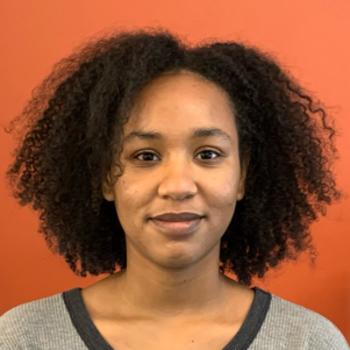Sarafan ChEM-H
Showing 1-10 of 190 Results
-

Monther Abu-Remaileh
Assistant Professor of Chemical Engineering and of Genetics
Current Research and Scholarly InterestsWe study the role of the lysosome in metabolic adaptation using subcellular omics approaches, functional genomics and innovative biochemical tools. We apply this knowledge to understand how lysosomal dysfunction leads to human diseases including neurodegeneration, cancer and metabolic syndrome.
-
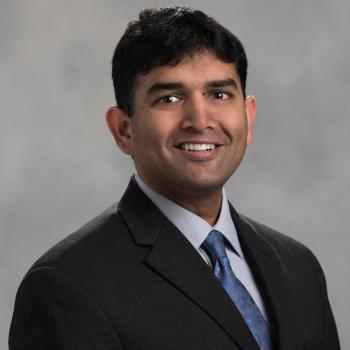
Raag Airan
Assistant Professor of Radiology (Neuroimaging and Neurointervention) and, by courtesy, of Psychiatry and Behavioral Sciences and of Materials Science and Engineering
Current Research and Scholarly InterestsOur goal is to develop and clinically implement new technologies for high-precision and noninvasive intervention upon the nervous system. Every few millimeters of the brain is functionally distinct, and different parts of the brain may have counteracting responses to therapy. To better match our therapies to neuroscience, we develop techniques that allow intervention upon only the right part of the nervous system at the right time, using technologies like focused ultrasound and nanotechnology.
-
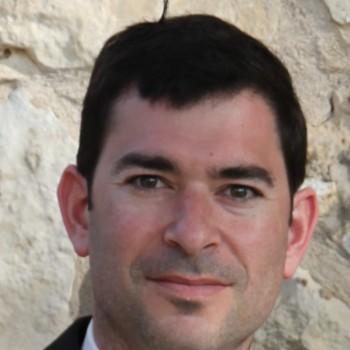
Justin P. Annes M.D., Ph.D.
Associate Professor of Medicine (Endocrinology)
Current Research and Scholarly InterestsThe ANNES LABORATORY of Molecular Endocrinology: Leveraging Chemical Biology to Treat Endocrine Disorders
DIABETES
The prevalence of diabetes is increasing at a staggering rate. By the year 2050 an astounding 25% of Americans will be diabetic. The goal of my research is to uncover therapeutic strategies to stymie the ensuing diabetes epidemic. To achieve this goal we have developed a variety of innovate experimental approaches to uncover novel approaches to curing diabetes.
(1) Beta-Cell Regeneration: Diabetes results from either an absolute or relative deficiency in insulin production. Our therapeutic strategy is to stimulate the regeneration of insulin-producing beta-cells to enhance an individual’s insulin secretion capacity. We have developed a unique high-throughput chemical screening platform which we use to identify small molecules that promote beta-cell growth. This work has led to the identification of key molecular pathways (therapeutic targets) and candidate drugs that promote the growth and regeneration of islet beta-cells. Our goal is to utilize these discoveries to treat and prevent diabetes.
(2) The Metabolic Syndrome: A major cause of the diabetes epidemic is the rise in obesity which leads to a cluster of diabetes- and cardiovascular disease-related metabolic abnormalities that shorten life expectancy. These physiologic aberrations are collectively termed the Metabolic Syndrome (MS). My laboratory has developed an original in vivo screening platform t to identify novel hormones that influence the behaviors (excess caloric consumption, deficient exercise and disrupted sleep-wake cycles) and the metabolic abnormalities caused by obesity. We aim to manipulate these hormone levels to prevent the development and detrimental consequences of the MS.
HEREDIATY PARAGAGLIOMA SYNDROME
The Hereditary Paraganglioma Syndrome (hPGL) is a rare genetic cancer syndrome that is most commonly caused by a defect in mitochondrial metabolism. Our goal is to understand how altered cellular metabolism leads to the development of cancer. Although hPGL is uncommon, it serves as an excellent model for the abnormal metabolic behavior displayed by nearly all cancers. Our goal is to develop novel therapeutic strategies that target the abnormal behavior of cancer cells. In the laboratory we have developed hPGL mouse models and use high throughput chemical screening to identify the therapeutic susceptibilities that result from the abnormal metabolic behavior of cancer cells.
As a physician scientist trained in clinical genetics I have developed expertise in hereditary endocrine disorders and devoted my efforts to treating families affected by the hPGL syndrome. By leveraging our laboratory expertise in the hPGL syndrome, our care for individuals who have inherited the hPGL syndrome is at the forefront of medicine. Our goal is to translate our laboratory discoveries to the treatment of affected families. -
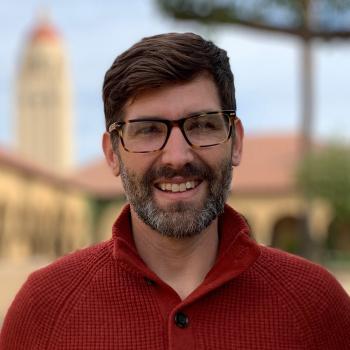
Eric Appel
Assistant Professor of Material Science and Engineering, by courtesy, of Pediatrics (Endocrinology), of Bioengineering and Center Fellow, by courtesy, at the Woods Institute for the Environment
Current Research and Scholarly InterestsThe underlying theme of the Appel Lab at Stanford University integrates concepts and approaches from supramolecular chemistry, natural/synthetic materials, and biology. We aim to develop supramolecular biomaterials that exploit a diverse design toolbox and take advantage of the beautiful synergism between physical properties, aesthetics, and low energy consumption typical of natural systems. Our vision is to use these materials to solve fundamental biological questions and to engineer advanced healthcare solutions.
-

Steven Banik
Assistant Professor of Chemistry
BioSteven Banik’s research interests center on rewiring mammalian biology and chemical biotechnology development using molecular design and construction. Projects in the Banik lab combine chemical biology, organic chemistry, protein engineering, cell and molecular biology to precisely manipulate the biological machines present in mammalian cells. Projects broadly aim to perform new functions that shed light on regulatory machinery and the potential scope of mammalian biology. A particular focus is the study of biological mechanisms that can be coopted by synthetic molecules (both small molecules and proteins). These concepts are applied to develop new therapeutic strategies for treating aging-related disorders, genetic diseases, and cancer.
Prior to joining the faculty at Stanford, Steven was a NIH and Burroughs CASI postdoctoral fellow advised by Prof. Carolyn Bertozzi at Stanford. His postdoctoral research developed approaches for targeted protein degradation from the extracellular space with lysosome targeting chimeras (LYTACs). He received his Ph.D. from Harvard University in 2016, where he worked with Prof. Eric Jacobsen on synthetic methods for the selective, catalytic difluorination of organic molecules and new approaches for generating and controlling reactive cationic intermediates in asymmetric catalysis. -
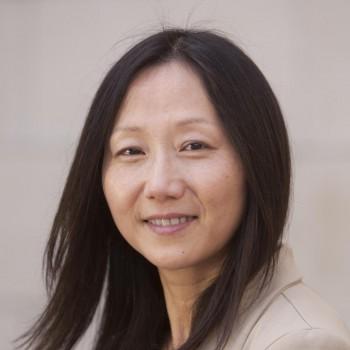
Zhenan Bao
K. K. Lee Professor, and Professor, by courtesy, of Materials Science and Engineering and of Chemistry
On Leave from 10/01/2022 To 12/31/2022BioZhenan Bao joined Stanford University in 2004. She is currently a K.K. Lee Professor in Chemical Engineering, and with courtesy appointments in Chemistry and Material Science and Engineering. She has been the Department Chair of Chemical Engineering from 2018. She founded the Stanford Wearable Electronics Initiative (eWEAR) and is the current faculty director. She is also an affiliated faculty member of Precourt Institute, Woods Institute, ChEM-H and Bio-X. Professor Bao received her Ph.D. degree in Chemistry from The University of Chicago in 1995 and joined the Materials Research Department of Bell Labs, Lucent Technologies. She became a Distinguished Member of Technical Staff in 2001. Professor Bao currently has more than 700 refereed publications and more than 100 US patents with a Google Scholar H-index 190.
Bao is a member of the US National Academy of Engineering, the American Academy of Arts and Sciences and the National Academy of Inventors. Bao was elected a foreign member of the Chinese Academy of Science in 2021. She is a Fellow of AAAS, ACS, MRS, SPIE, ACS POLY and ACS PMSE.
Bao is a member of the Board of Directors for the Camille and Dreyfus Foundation from 2022. She served as a member of Executive Board of Directors for the Materials Research Society and Executive Committee Member for the Polymer Materials Science and Engineering division of the American Chemical Society. She was an Associate Editor for the Royal Society of Chemistry journal Chemical Science, Polymer Reviews and Synthetic Metals. She serves on the international advisory board for Advanced Materials, Advanced Energy Materials, ACS Nano, Accounts of Chemical Reviews, Advanced Functional Materials, Chemistry of Materials, Chemical Communications, Journal of American Chemical Society, Nature Asian Materials, Materials Horizon and Materials Today. She is one of the Founders and currently sits on the Board of Directors of C3 Nano Co. and PyrAmes, both are silicon valley venture funded companies.
Bao was a recipient of the VinFuture Prize Female Innovator 2022, ACS Award of Chemistry of Materials 2022, MRS Mid-Career Award in 2021, AICHE Alpha Chi Sigma Award 2021, ACS Central Science Disruptor and Innovator Prize in 2020, ACS Gibbs Medal in 2020, the Wilhelm Exner Medal from the Austrian Federal Minister of Science in 2018, the L'Oreal UNESCO Women in Science Award North America Laureate in 2017. She was awarded the ACS Applied Polymer Science Award in 2017, ACS Creative Polymer Chemistry Award in 2013 ACS Cope Scholar Award in 2011. She is a recipient of the Royal Society of Chemistry Beilby Medal and Prize in 2009, IUPAC Creativity in Applied Polymer Science Prize in 2008, American Chemical Society Team Innovation Award 2001, R&D 100 Award, and R&D Magazine Editors Choice Best of the Best new technology for 2001.
